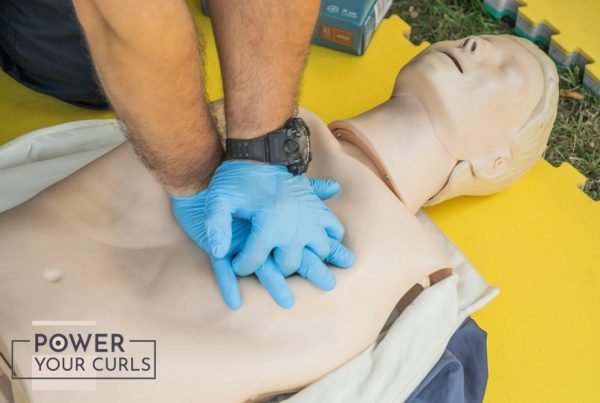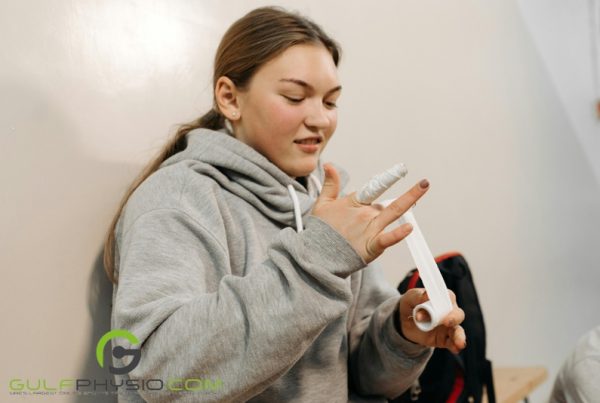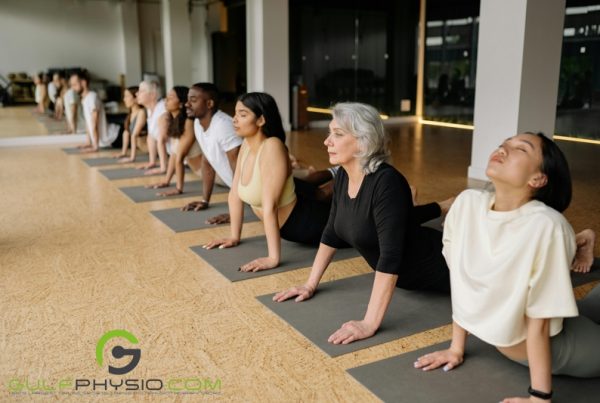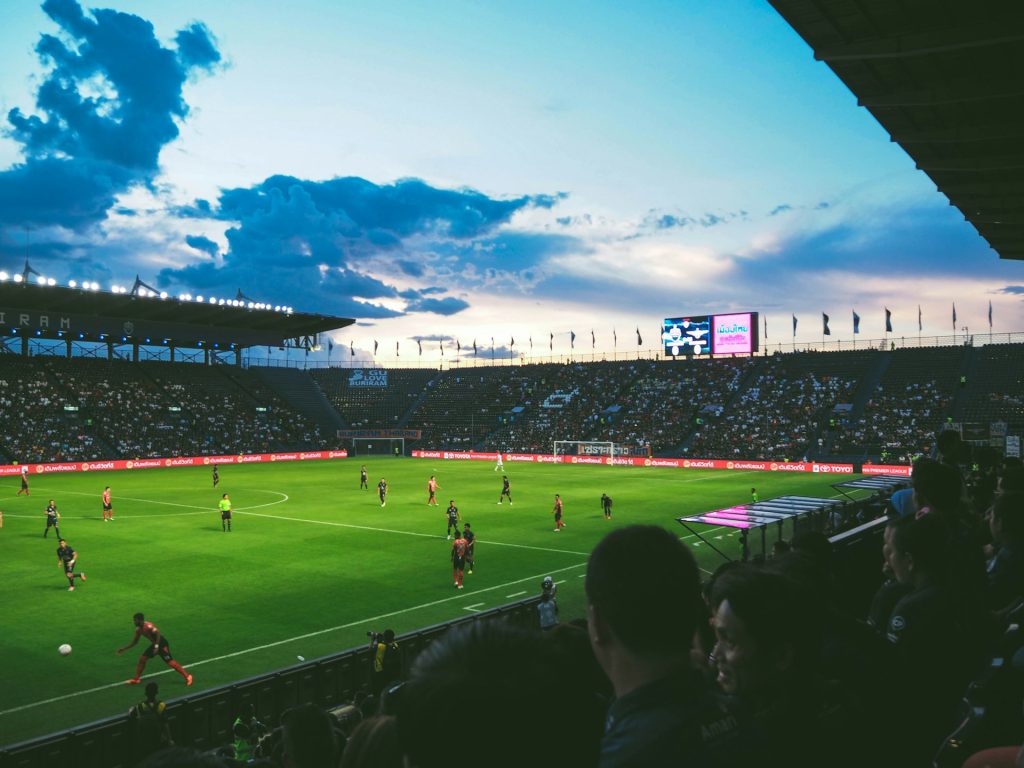
The medical community and sports enthusiasts were shocked after Zlatan Ibrahimovic, the Swedish striker, revealed that he had been playing with a torn anterior cruciate ligament (ACL) for over six months. At 40 years old, the footballer did an extraordinary feat that is not normally done when you have ACL tears.
Aside from the Sweden national team, he plays as a striker for various clubs in all the major leagues. He played for Malmö FF, Ajax, Juventus, Inter Milan, Barcelona, AC Milan, Paris Saint-Germain, Manchester United, LA Galaxy, and AC Milan.
Zlatan won 31 trophies in his football career and scored over 570 career goals, including more than 500 club goals.
In this article, we’ll find out how Zlatan soldiered on despite having an ACL injury and revisit different treatments and preventions for knee injuries.
READ: Learn From Messi: Ankle Injury Updates and Treatment Options
How Did Zlatan Play Without an ACL?

Zlatan took to Instagram to mention that he has been playing without an ACL on his left knee for over six months. His knee was swollen, and as a result, he could only train with his team ten times.
To keep up with the pain, Zlatan used painkillers every day for six months, had 20 injections, and experienced a lack of sleep.
He also had a meniscus tear, which could have happened at the time of the initial injury or due to constant instability in the knee.
Zlatan is not expected to be back in action until midway through the 2022/23 season due to his knee injury. And Milan recently won their first Serie A title in 11 years.
Despite the injury, the AC Milan striker still managed to score eight goals in 23 appearances in Milan’s winning season.
Zlatan’s surgery
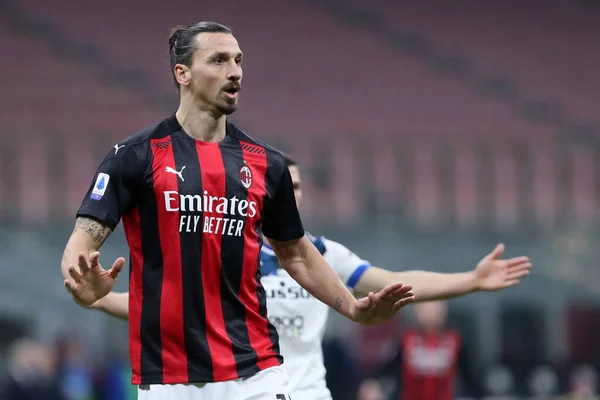
On May 25, 2022, Zlatan underwent surgery on his left knee by Dr. Betrand Sonnery-Cottet at the Hospital Jean Mermoz in Lyon and has been ruled out of action with AC Milan for up to eight months.
“The arthroscopy had been planned for some time to definitively resolve the instability of the joint through reconstruction of the anterior cruciate ligament, with lateral reinforcement and meniscal repair,” according to a statement issued by AC Milan.
However, in a 2023 article, Zlatan said he had three knee surgeries to save his career at AC Milan. He said the process of helping the knee work again was a struggle, and initially, there was no improvement.
Zlatan’s comeback
On February 26, 2023, Zlatan returned to his football career, his first appearance since the knee surgery in 2022. After celebrating the win, he had knee surgery.
He then returned to AC Milan for the game against Atlanta to replace Olivier Giroud. This game made Zlatan the oldest Milan player to play in the Italian league at 41 years old and 146 days old. He bested Alessandro Costacurta, who played at 41 years and 25 days old.
Zlatan’s health and regimen
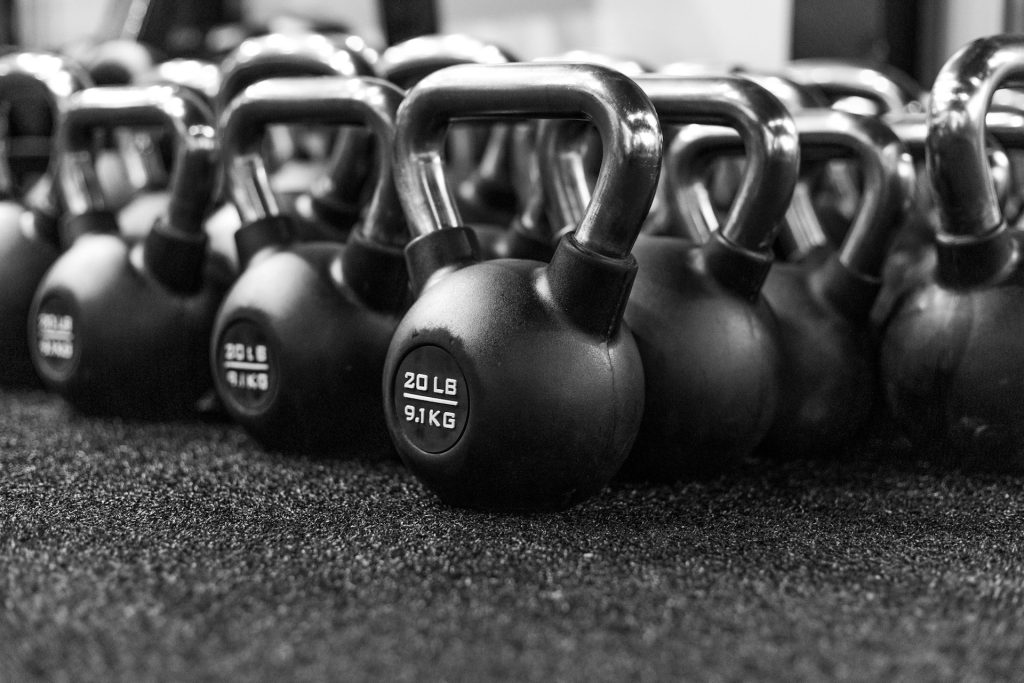
Years ago, Zlatan shared a video of his age-defying exercises. At 40, he managed to maintain his physique through these exercises:
- Exercise Ball Twist
- Ab Rollers
- Wall Slams With A Medicine Ball
- Exercise Ball Twist
- High Intensity Battle Ropes
In an interview, Zlatan revealed that he did yoga, which is the complete opposite of some of his training with football. This was one of his techniques to stay in shape after he had to lessen his practice times because of the injury.
“It was very exciting: I learned skills and practices that I can now apply on the football pitch. You should never be afraid to try different things,” said Zlatan.
Meanwhile, his diet was also effective: He ate pasta, meat, fish, and many eggs. Despite his busy schedule of being a professional athlete, Zlatan also said he tries to get enough sleep.
Where is Zlatan now?
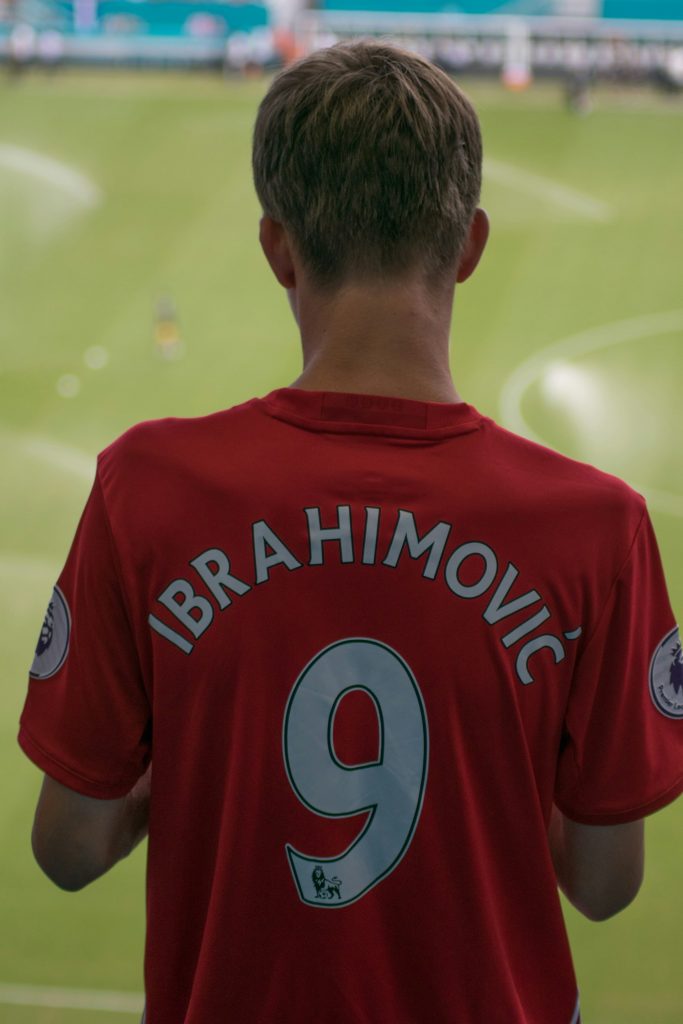
In December 2023, Zlatan returned to AC Milan but this time, as a senior advisor to the ownership and management.
After six months of retirement, Zlatan was appointed as an operating partner across the sports, media, and entertainment investment portfolio of investment firm RedBird, owner of AC Milan.
What is ACL, and how is it injured?

First, let’s understand the basics of ACL and whether Zlatan did an impossible move.
The ACL is one of the cruciate ligaments that help hold the knees together. Along with the PCL, the ACL helps cross one another, making an “X” at the center of the knee. With this shape, the knee can flex and extend, but with limited side-to-side movement. The PCL is on the front of the knee, while the ACL is at the back. They connect the tibia to the femur.
The ACL prevents the tibia from sliding further forward along the femur. It is the most commonly injured among the four ligaments that make up the knee. It is most likely to occur when the feet remain planted during a sudden stop or sudden change in direction.
This injury frequently happens to soccer, basketball, or football players. ACL injuries lead to rotational instability. After an ACL tear, you may be able to walk, even run, in a straight line, but when you turn, you collapse.
GulfPhysio physiotherapist Kieran Sheridan said it would be hard to understand how Zlatan still played on the pitch and scored eight goals, given that the ACL is an important stabilizer for the knee.
“The ACL is like a pillar that gives stability to the knee. Athletes need it to help them jump, land, and be agile when changing their direction,” said Sheridan, also co-owner of GulfPhysio.
Despite this, Sheridan said it’s still possible to play with a broken ACL because of the treatment that Zlatan underwent. But it shouldn’t be the standard.
“But playing with no ACL would need more than medications. He needs to get a robust rehabilitation program to keep his glutes, quads, calf strong and core hamstrings strong as well and reduce knee swelling,” said Sheridan.
Playing with an injured ACL could have long-term negative impacts, such as increased risk for osteoarthritis in the knee and dysfunction, Sheridan warned.
“What Zlatan needs to do is to undergo constant rehabilitation and be committed to his health regimen,” said Sheridan.
What Are the Common Knee Injuries in Football?
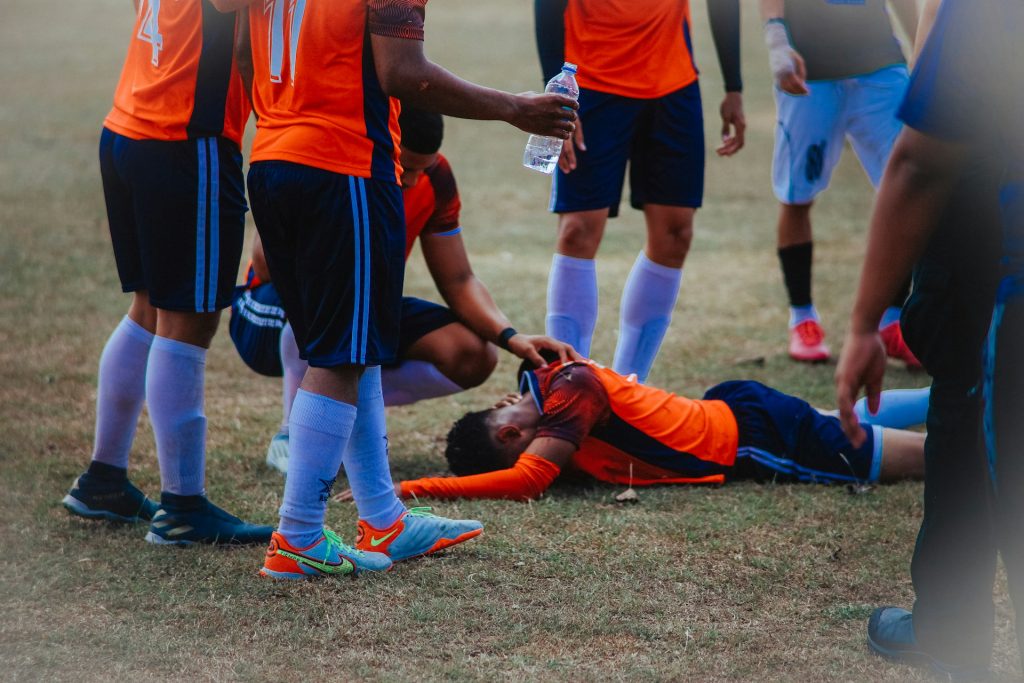
Aside from the ACL, there are other knee injuries in football, which are the most common among professional football players. Examples of other knee injuries are meniscus tears and medial collateral ligament tears.
The meniscus tears also often happen along with ACL and other knee injuries. Some symptoms include pain, stiffness, and swelling, catching or locking of your knee, and failure to move your knee through its full range of motion.
Most people can walk on their injured knee, and athletes can play with a tear. However, the knee will become stiffer and more swollen after two to three days.
Meanwhile, medial collateral ligament tears are an injury to one of the four main ligaments of the knee. The medial collateral ligament runs from the inside of the thigh bone to the inside of the shin bone, and provides stability to limit side-to-side movement of the knee.
It’s common to be injured due to a blow to the outer side of the knee or from excessive stretching of the ligament. It has three grades:
- Grade I: Moderate pain, little swelling, with maintained joint function
- Grade II: Pain, instability, inflammation, and loss of function
- Grade III: Severe instability, swelling, and impaired joint function
Treatment and Healing for ACL Injury and Other Related Injuries
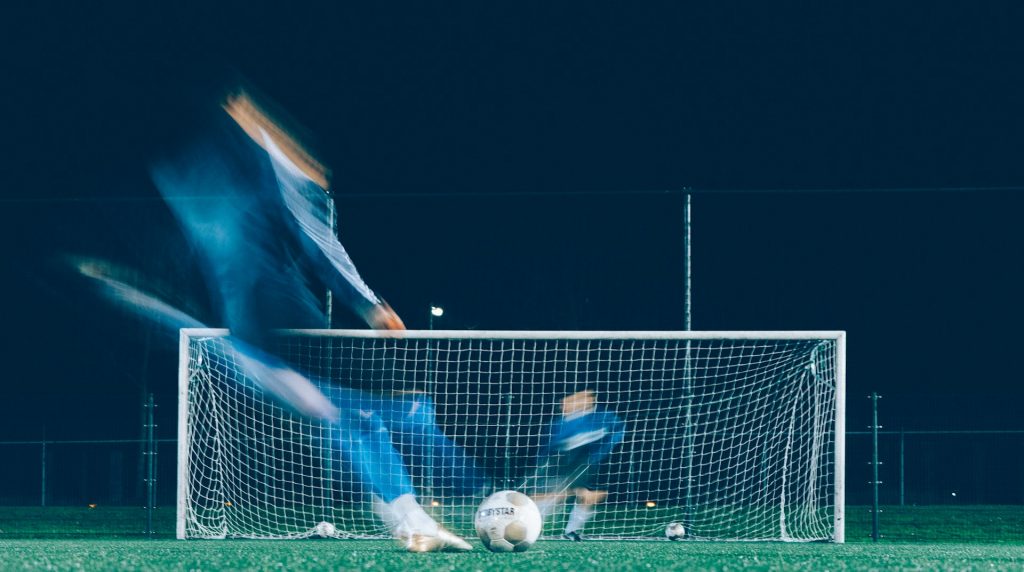
For minor ACL injuries, the RICE protocol (Rest, Ice, Compression, and Elevation) is the best way to treat this injury. It is a combination of techniques used to treat injuries and other types of pain. These are the basic steps to reduce pain and swelling after an injury or trauma.
During treatment, the physician may recommend a brace to prevent the tibia bone from sagging backward. A crutch may help protect your knee further by preventing your leg from putting any weight on it.
Also, rehabilitation is needed in returning to daily activities, even if you didn’t have surgery for the ACL.
“Injury to the ligament will determine how long it will take to recover. Combined injuries will take time to heal, but the good news is, most people fully recover from this,” said Sheridan.
When surgery is involved, Sheridan said physical therapy will start one to four weeks after the procedure.
When you have had surgery, you will begin physical therapy one to four weeks after your procedure. The recovery time for a job that requires a lot of physical activity can be up to a year.
Treatment for meniscus tears
With meniscus tears, doctors may recommend rest, ice, and over-the-counter pain relievers. Resting would mean avoiding activities that twist, rotate, or pivot the knee, which can worsen the pain.
Cold therapy for every 4 to 6 hours on the first day or two, or as often as necessary, is also a part of treatment.
Physical therapy can make the muscles stronger, which will stabilize and support the knee joint.
When knee pain persists even after rehab, your doctor may recommend surgery.
Treatment for medial collateral ligament tears
Treatment depends on the injury grade. Grade I injuries are typically treated through immobilization and rehabilitation. Grade II and III injuries may need more extensive conservative treatment or even surgery in some instances.
All the injuries require physiotherapy, which focuses on reducing pain and inflammation and restoring range of motion and stability. Some would even recommend hydrotherapy.
Hydrotherapy is an alternative treatment that is similar to having a warm bath at home, where you may use a special tank or pool. It includes using pressurized jets, hot and cold temperatures, and ice packs.
“However, this treatment may not be regulated in some countries like the US, so make sure a licensed provider and clinic will undergo your treatment,” said Sheridan.
How to Prevent ACL Injury and Other Related Knee Injuries?

Footballers can prevent ACL injuries by focusing on the following:
- Jump, land, stop, and move with the knees directly over the feet.
- Never let the knees collapse inward.
- Develop strength in the hips and thighs.
- Perform warm-up and stretch before and after games and practice.
- Run upstairs to make the muscles and ligaments stronger. This will also help support the knees.
- Check if your cleats fit your feet and will help support you.
- Eat healthy meals, especially those rich in calcium and protein.
- Get enough sleep.

